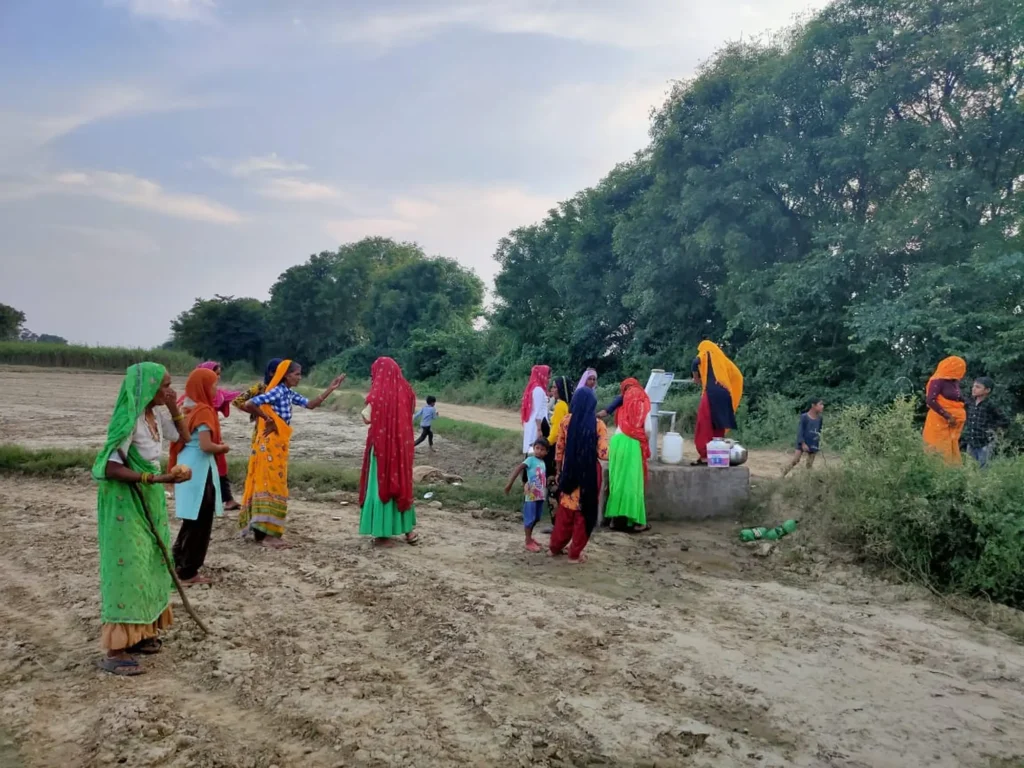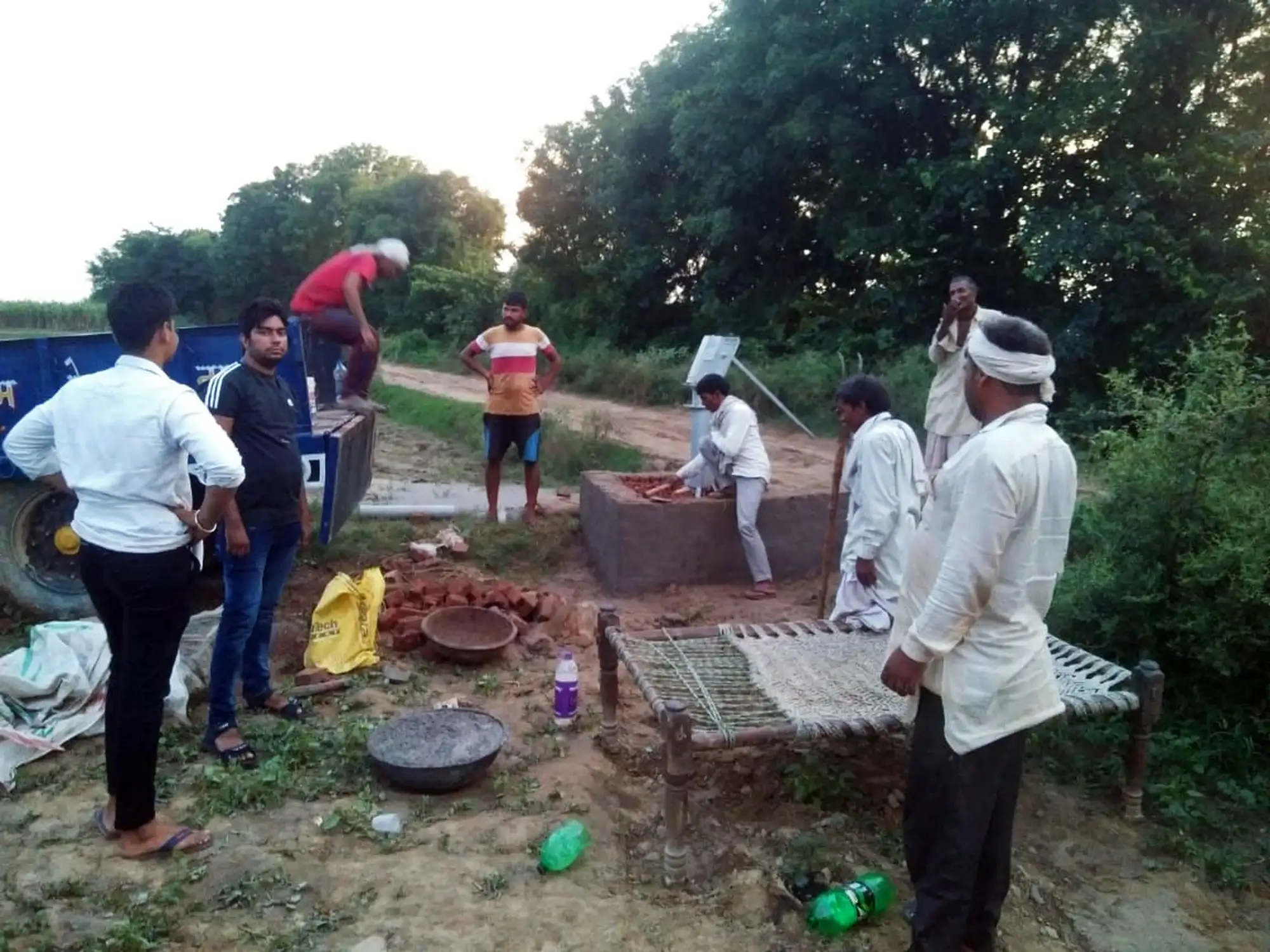Access to clean and safe drinking water is a basic human right, yet many rural areas around the world still struggle with water scarcity. In the picturesque Braj region, located in northern India, the lives of numerous villages have been transformed with the installation of 25 much-needed hand pumps. These hand pumps have become a beacon of hope, providing vital access to water for the communities in need. This article explores the significance of these installations and their impact on the lives of the villagers.
Water Crisis in the Braj Region:
The Braj region, known for its rich cultural heritage and religious significance, has long grappled with water scarcity issues. The area, home to many villages, faces a challenging landscape with limited access to traditional water sources. Due to erratic rainfall patterns, the lack of proper irrigation systems, and the absence of sufficient infrastructure, the villagers often had to travel long distances to fetch water, a task primarily assigned to women and children.
The Installation of Hand Pumps:
Recognizing the dire need for accessible water sources, GIVE has installed 25 hand pumps across the water-deprived villages in the Braj region. These hand pumps, designed to draw water from underground sources, offer a sustainable and reliable solution to the water crisis.

Community Transformation:
The installation of hand pumps has brought about a positive transformation within the villages. The benefits are multifaceted and extend beyond the immediate access to clean water.
- Improved Health and Hygiene: With access to clean water, villagers now have the means to maintain better hygiene practices, reducing the incidence of waterborne diseases. Simple tasks such as handwashing, cooking, and cleaning have become more efficient and safe.
- Economic Opportunities: The availability of water opens up avenues for economic growth. Villagers can engage in agriculture, animal husbandry, and small-scale businesses that require water as a vital resource. This newfound opportunity enhances the overall socio-economic conditions of the communities.
- Education and Empowerment: The burden of fetching water often fell on children, affecting their attendance and performance in school. The installation of hand pumps has alleviated this burden, allowing children, especially girls, to focus on their education and pursue a brighter future.
- Social Equality: Hand pumps have played a significant role in empowering women in the villages. By reducing the time spent on fetching water, women have more opportunities to engage in income-generating activities, participate in community decision-making, and enjoy a more equitable standing in society.
Conclusion:
Beyond the immediate access to clean water, these installations we want to ignite a ripple effect of positive change. They have improved health, fostered economic opportunities, empowered women, and provided a conducive environment for education. As these villages flourish, the significance of this water intervention will resonate far beyond their borders. The transformative power of collaborative efforts demonstrates that access to clean water is not just a basic necessity but a catalyst for holistic community development.

